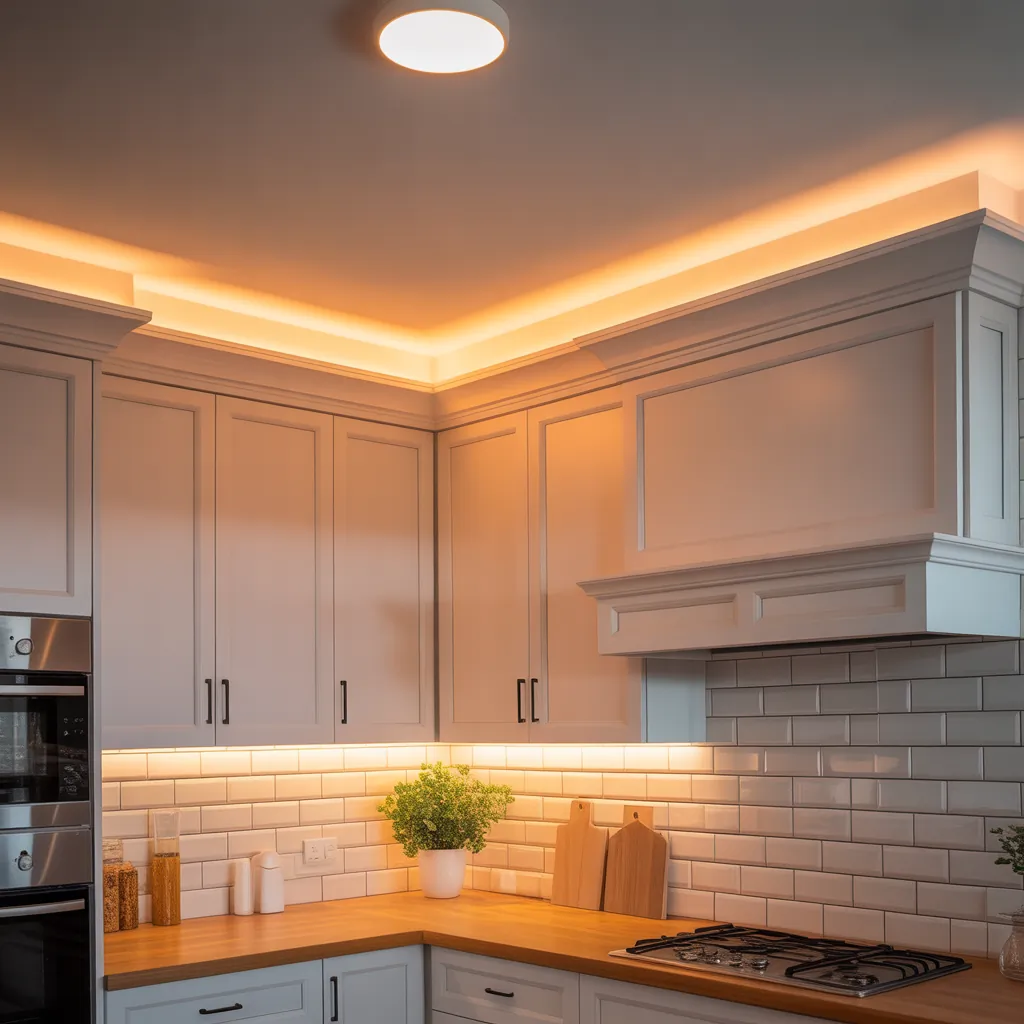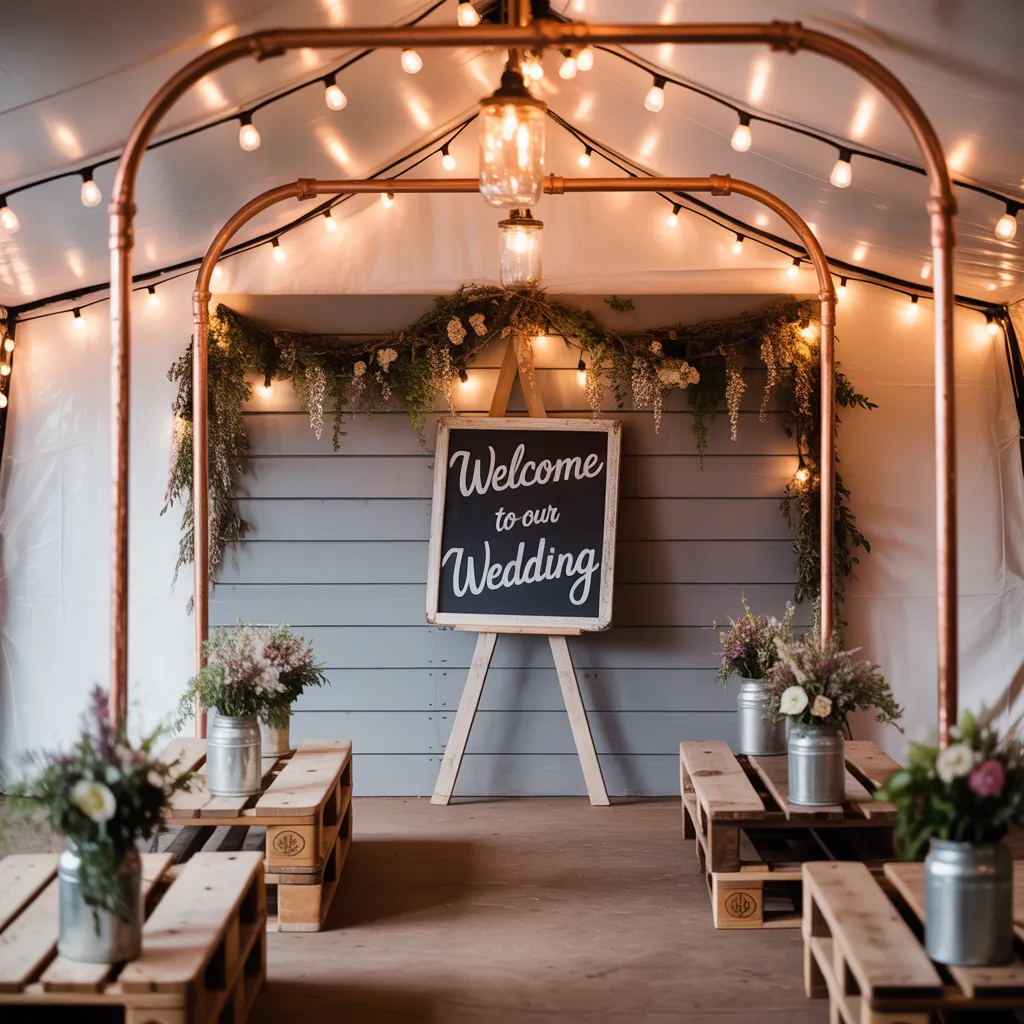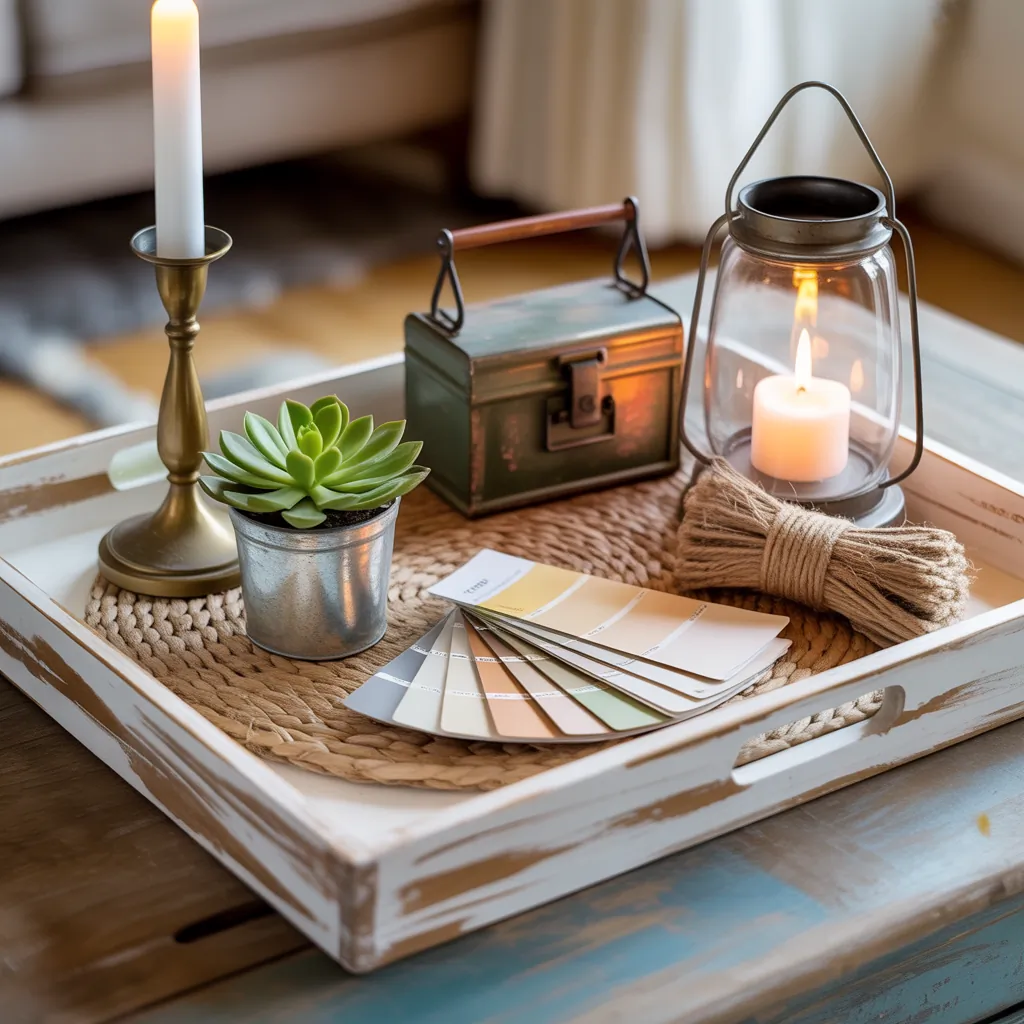Ever stood on your front steps after a long day, wishing your porch felt more welcoming — but found the overhead light harsh and the porch too dark? Maybe you’ve tried a hanging lantern, string lights, or a solar post lamp, but something still feels off. If you want a cleaner, more professional look that highlights architectural details and improves safety, soffit lighting might be the simple, high-impact update your home needs.
In this post I’ll walk you through practical, stylish soffit lighting ideas — from subtle LED tape hidden in eaves to recessed soffit lights that wash your facade — plus step-by-step DIY tips, design inspiration, and real-world advice to get the job done right.
Why Choose Soffit Lighting?
Soffit lighting (also called eaves lighting or under-eave lighting) delivers elegant, even illumination along rooflines, porches, and covered patios. It enhances curb appeal, increases security, and adds usable evening space without cluttering walkways or interrupting sight lines.
- Highlights architectural features and siding textures
- Provides even, glare-free light for porches and entryways
- Works well with landscape lighting and accent lighting
- Easy to integrate with smart controls and dimmers
Top Soffit Lighting Ideas (Design Inspiration)
1. Recessed Soffit Lights for a Clean Look
Recessed downlights installed flush in the soffit are ideal for a minimalist aesthetic. Use low-glare trim and choose LED modules in warm white (2700–3000K) for a welcoming tone. These are perfect for front porches and covered patios.
2. Hidden LED Tape for Continuous Cove Lighting
LED tape (strip lights) tucked into a soffit cove creates a soft, continuous glow along the eaves. It’s great for highlighting a modern facade and can be used to backlight house numbers or highlight a porch ceiling.
3. Accent Soffit Lights to Highlight Columns and Walls
Use directional or gimbal soffit fixtures to wash light down columns, brickwork, or stone veneers. This creates depth and brings out textures without over-lighting the entire exterior.
4. Motion-Sensor Soffit Lighting for Security
Combine soffit downlights with motion sensors to enhance nighttime safety. Sensors trigger lights only when needed, saving energy while deterring intruders.
5. Smart Controlled Soffit Lighting
Integrate soffit lighting into your smart home system. Schedule dusk-to-dawn scenes, program dimming for evening gatherings, or sync with landscape lighting for a layered look.
Soffit Lighting Ideas: Practical DIY Tips and Step-by-Step Installation
Below are approachable DIY steps and tips for common soffit lighting projects. Always adhere to local electrical codes and hire a licensed electrician for mains wiring or if you’re not comfortable with electrical work.
Step-by-Step: Installing Recessed Soffit Lights
- Plan the layout. Measure the soffit length and mark fixtures spaced every 4–6 feet for even coverage. Adjust spacing closer for brighter light or to highlight features.
- Choose fixtures rated for exterior use and for installation in ventilated soffits if your eaves are vented. Look for an IP rating suitable for weather exposure.
- Cut the mounting holes using the template provided with your fixtures. Wear eye protection and check for hidden wiring or blocking first.
- Run low-voltage cable or conduit from the power source. If using line-voltage fixtures, shut off power at the breaker and follow local code for junction boxes.
- Install the fixtures, seal around the trim with exterior-grade silicone if needed, and connect wiring. Use waterproof connectors where appropriate.
- Test the system, install dimmers or motion sensors, and adjust beam angles for accent lights.
DIY Tips
- Don’t block soffit vents. If you have vented eaves, place fixtures to avoid restricting airflow or use vent-compatible fixtures.
- Prefer LEDs. They run cool, use far less energy, and come in various IP-rated packages for exterior use.
- Match color temperature across all exterior lights to avoid jarring contrasts. Warm whites (2700–3000K) are best for traditional homes; cooler tones (3500–4000K) suit modern exteriors.
- Use a transformer for LED tape or low-voltage recessed lights. Proper drivers extend life and prevent flicker.
- If unsure about wiring or roof access, hire a pro. Safety first.
Design Considerations: Style, Placement, and Lighting Layering
Think in layers: soffit lighting should complement porch lights, pathway lighting, and landscape uplights. For most homes, aim for subtlety — your soffit lights should highlight and provide function, not compete with other fixtures.
- Placement: For a porch ceiling, position recessed lights 12–18 inches from the outer edge to avoid harsh shadows. For wall-washing, install fixtures closer to the wall (2–3 feet) depending on beam angle.
- Spacing: Use 4–6 foot spacing for general soffit downlighting. For accent washing, closer spacing (2–3 feet) produces more uniform coverage.
- Glare control: Choose fixtures with baffles or deep-set trims to minimize eye-level glare.
Real-World Advice from a DIY Pro
One homeowner I worked with transformed a dark front porch into a cozy evening lounge just by replacing one overhead bulb with three recessed soffit lights and installing a dimmer. The difference was immediate: the space felt larger, safer, and more inviting. Small changes like adding a weatherproof dimmer and choosing warm LED bulbs deliver big returns in mood and function.
Another tip: test your layout with temporary clamp lights before cutting holes. This lets you fine-tune placement to avoid shadows and ensure you’re highlighting the right features.
Frequently Asked Questions
1. What is the best type of light for soffit lighting?
LEDs are the best choice for soffit lighting due to their energy efficiency, low heat output, and long lifespan. Choose fixtures rated for exterior use with the appropriate IP rating and a warm color temperature (2700–3000K) for inviting light.
2. Can I install soffit lights myself?
Yes, homeowners with basic electrical skills can install low-voltage LED tape or fixtures, but for line-voltage wiring or complex roof access, hiring a licensed electrician is recommended. Always follow local codes and safety practices.
3. How do I avoid blocking soffit vents?
Plan fixture placement around vents, use slim profile fixtures designed for vented soffits, and avoid installing insulation or heavy fixtures that could obstruct airflow. If in doubt, consult a roofing or HVAC professional.
Conclusion: Brighten Your Home with Soffit Lighting Ideas
Soffit lighting ideas offer a high-value, low-fuss way to upgrade your home’s exterior — improving curb appeal, safety, and evening usability. Whether you choose recessed soffit lights, hidden LED tape, or motion-sensor security lighting, the right installation and layout make all the difference. Try a small project first (like a single recessed light on the porch) and expand from there.
Ready to start? Check out more inspiration on our DIY projects and home design ideas pages, or browse kitchen upgrades if you’re planning a whole exterior-to-interior refresh. If you’re uncertain about wiring or local codes, contact a licensed electrician before you begin. Now go light up your eaves and enjoy nights that are safer and more beautiful.



